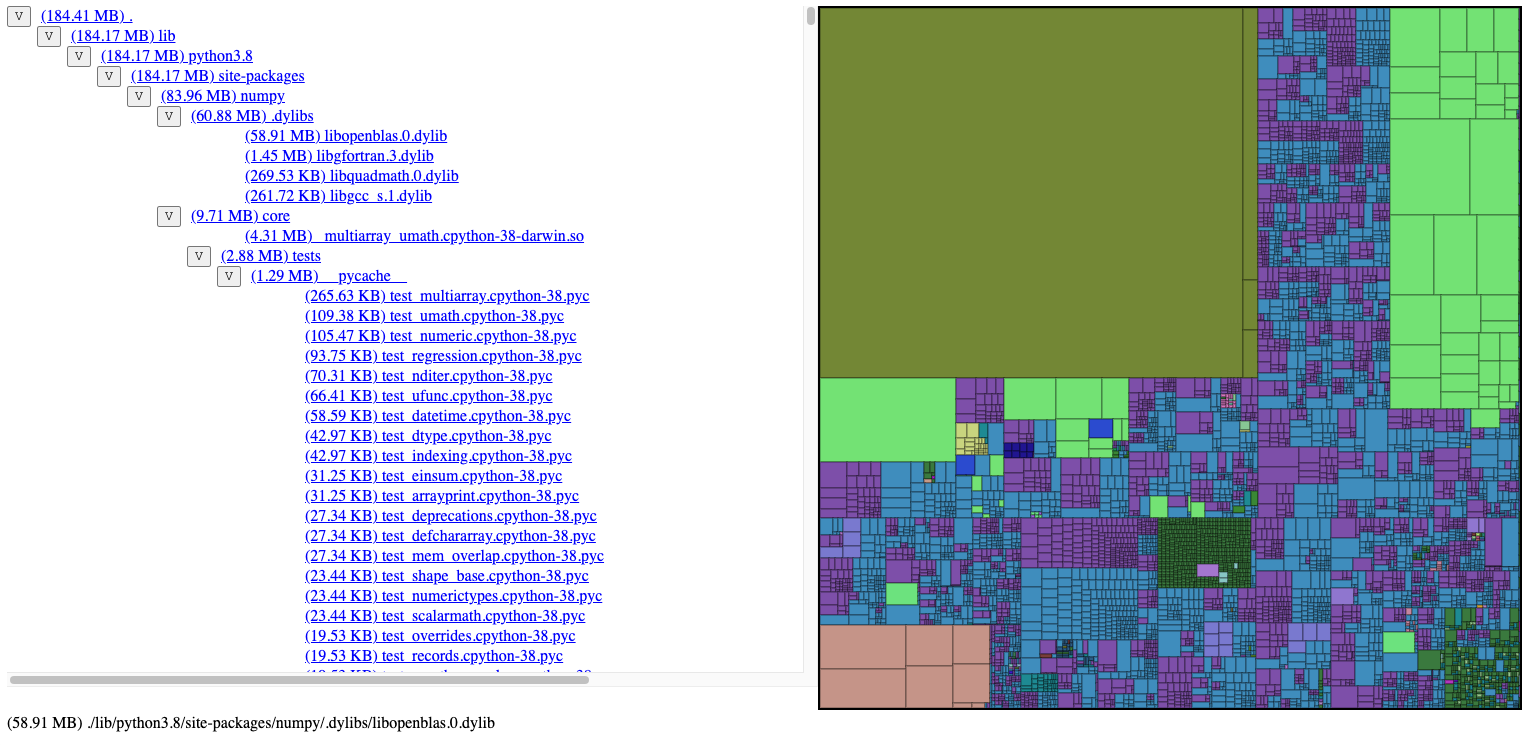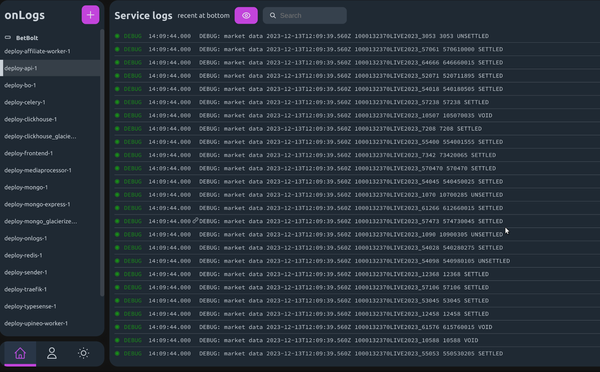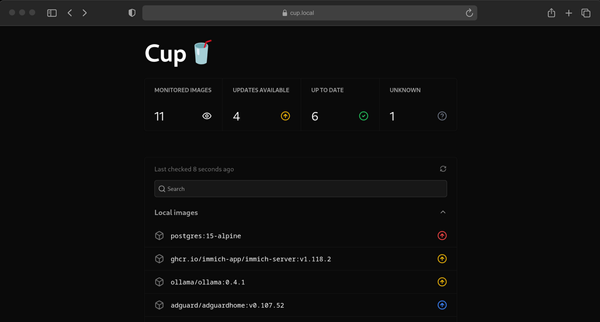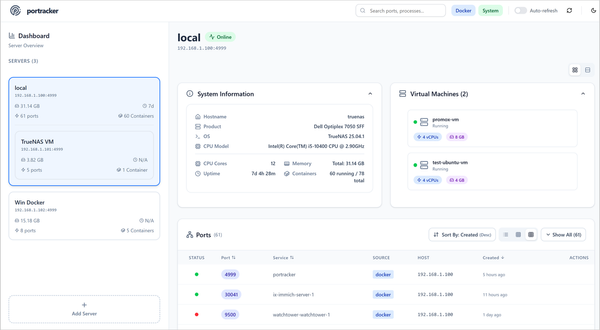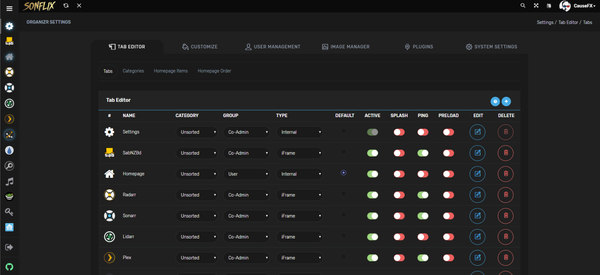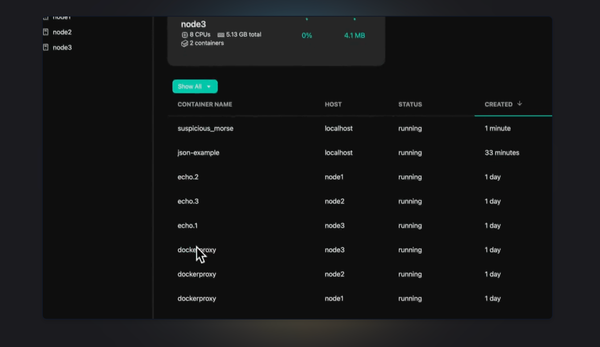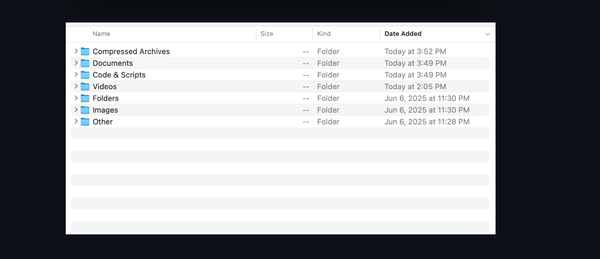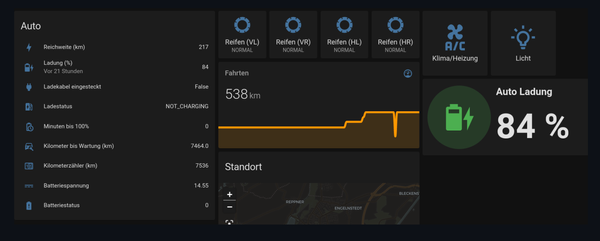Whaler: Docker Visual Disk-usage Analyzer (Must Have Free Libre Tool for DevOps)
Table of Content
Optimizing Docker images is more than just good practice, it's essential. Large Docker images slow down deployments, increase storage costs, and hurt developer productivity. That’s where Whaler, a powerful open-source tool, comes in.
Whaler is a visual disk-usage analyzer for Docker images. It provides an intuitive, browser-based interface that helps you understand what’s taking up space inside your Docker containers or local directories.
Built with Python engineers in mind, Whaler makes it easy to identify oversized files, bloated Python packages, and hidden disk hogs, all from the comfort of your browser.
What is Whaler? 🐳
Whaler is a visual disk-usage analyzer for Docker images. It provides an intuitive, browser-based interface that helps you understand what’s taking up space inside your Docker containers or local directories.
Built with Python engineers in mind, Whaler makes it easy to identify oversized files, bloated Python packages, and hidden disk hogs, all from the comfort of your browser.

Why You Need Whaler in Your DevOps Toolkit
Docker images can silently grow out of control. Whether it's unused dependencies, redundant libraries, or unnecessary build artifacts, these inefficiencies waste time and resources.
With Whaler, you can answer critical questions like:
- Which file types are consuming the most disk space?
- What are the largest Python packages in my image?
- Are there unknown causes of high disk usage?
By identifying these issues early, you can reduce image sizes, speed up CI/CD pipelines, and cut cloud storage costs.
How Does Whaler Work?
Whaler works by leveraging the Unix du command under the hood for fast and accurate disk usage analysis. This ensures high performance, especially when scanning large directory structures or container filesystems.
Key Features:
- Visual Tree Map Interface: See disk usage in a visual format that makes it easy to spot large files/folders.
- Supports Local Directories & Docker Images: Analyze both local environments and remote Docker images.
- Automatic Image Pulling: If the image isn't present locally, Whaler will pull it automatically.
- Web-Based Report: Outputs a clean, interactive HTML report served on
localhost. - Open Source & Free: Licensed under Apache 2.0, Whaler is completely free to use and modify.
Quick Start Guide
Install Whaler using pip:
pip install whaler
Analyze a local directory:
whaler .venv
Or analyze a Docker image:
whaler --image='your-image:tag' /
Once done, Whaler serves a visual HTML report at http://localhost:8000, giving you full insight into disk usage.
Who Should Use Whaler?
Whaler is ideal for:
- DevOps Engineers managing Dockerized applications.
- Python Developers working with complex package dependencies.
- Platform Teams looking to optimize CI/CD pipelines and container registries.
If you're serious about container efficiency and want actionable insights quickly, Whaler deserves a spot in your toolkit.

Limitations to Keep in Mind
While Whaler is incredibly useful, it does have some limitations:
- It relies heavily on the
ducommand, which means it inherits any inconsistencies or permission-related errors (e.g., inaccessible/procdirectories). - It currently doesn't support Windows natively.
- Reports are static and not persistent unless manually saved.
Despite these minor drawbacks, Whaler remains one of the most effective tools for gaining visibility into Docker image bloat.
Final Thoughts
In today’s DevOps landscape, every byte matters. Tools like Whaler empower teams to build leaner, faster, and more efficient Docker images. With its combination of speed, visualization, and ease of use, Whaler is a must-have addition to any DevOps engineer’s arsenal.
Try it today and take control of your Docker disk usage!

